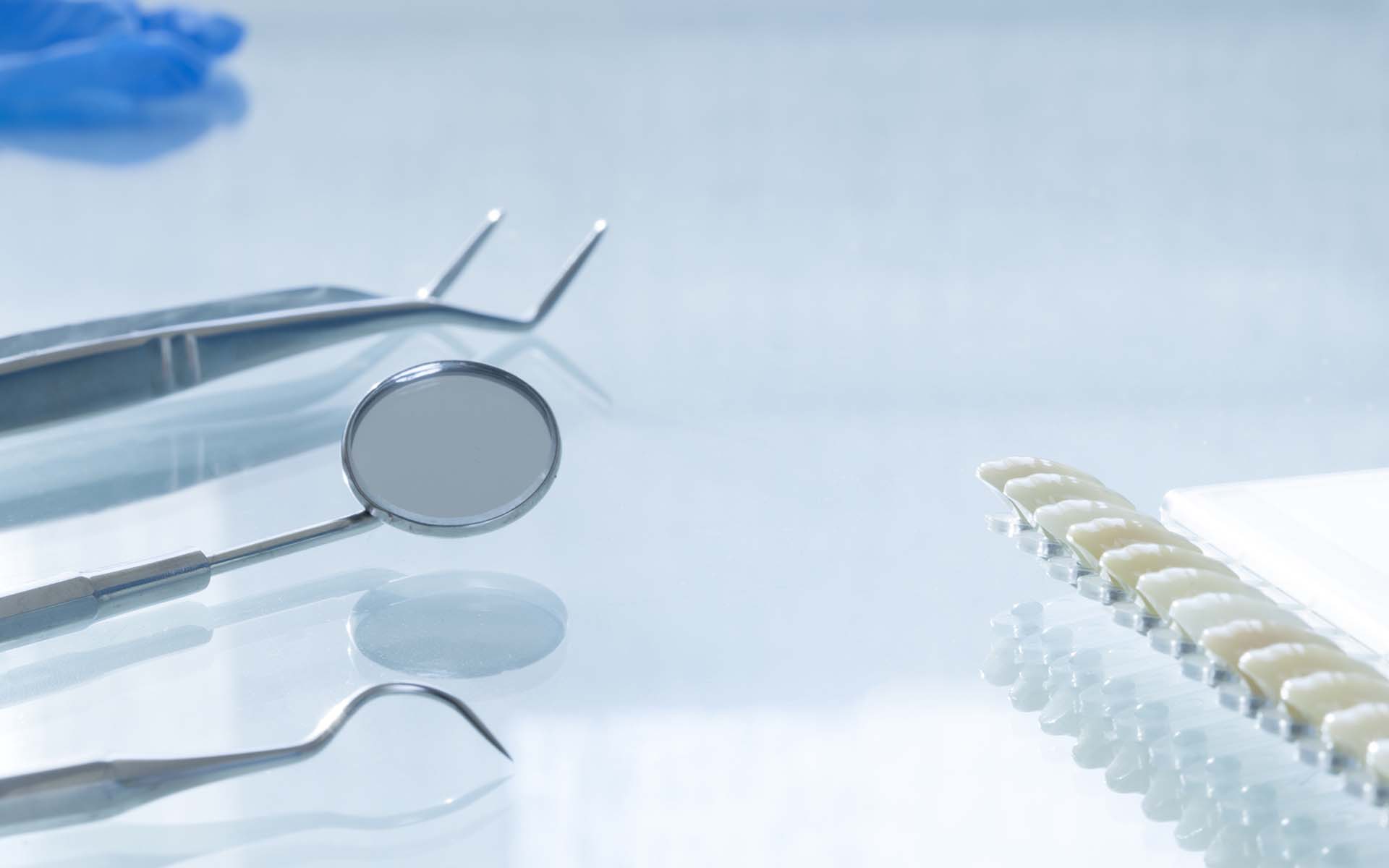
Emax and Empress Dental Veneers

Emax and Empress veneers, which are known as the most aesthetically advanced veneers today, are essentially the same. Emax coating is a reinforced and improved version of Empress coating. Emax, one of these veneers made of reinforced porcelain, is an all-ceramic dental veneer and is frequently preferred for eliminating aesthetic concerns. Although it is mostly used in anterior teeth, it can also be used in posterior molars thanks to its Emax durability.
What is Empress Dental Veneer?
Only ceramic and glass are used as raw materials in Empress dental coatings. Empress is a type of porcelain whose metal-free structures are created by combining ceramic and glass, and its durability is increased in this way. Empress veneer has the feature of transmitting light, so it helps to capture a color tone that is compatible with natural teeth. It can be used in patients with broken, cracked or yellowing front teeth, to complete the gaps between teeth, or in patients who want to have permanent teeth whitening.
What is Empress Dental Veneer?
Emax can be defined as the upper version of Empress dental veneer. Emax, which is much more durable than empress veneer, is preferred more often by dentists. It is produced by compressing the crystalline ceramic raw material and firing it by coating glass ceramic. All these stages are of a nature to increase the durability of Emax. It is especially preferred for the elimination of deformities in the anterior teeth.
- It is a suitable treatment for those who want to correct the gap between the teeth in an aesthetic way.
- It can be preferred for removing defects such as fractures, cracks or decay in the front teeth.
- It is a method applied for permanent color change in people who are not satisfied with their tooth color.
- Emax tooth coating method can also be used to eliminate deformities in the posterior teeth.
- Emax dental veneers can be used in smile design and give extremely aesthetic results.
The advantages of the specially designed and modeled Emax dental veneer are as follows;
- It does not harm your natural teeth and tooth enamel. It does not cause sensitivity as there is no need for filing and abrasion on your teeth.
- It has high light transmittance. In this way, it provides a natural aesthetic appearance in your tooth color and it is not noticed that you have a coating on your teeth.
- It has a smooth surface, thanks to this feature, the formation of tartar remains at a minimum level.
- It is the most durable way to achieve an aesthetic appearance on your front teeth.
How is Emax-Empress Dental Veneer applied?
The purpose of use of the Emax veneer, which is specially designed with CAD-CAM technology, is to provide the highest level of aesthetic appearance on the teeth in a durable way. After the necessary controls are made by the dentist and it is decided that the patient is suitable for treatment, the teeth are photographed and measured. After a fine filing process is done on the tooth to be treated, the measurement is taken again for the coating. Emax-empress coatings suitable for the mold are prepared in the laboratory environment. After measuring and modeling processes, it is adhered with medical adhesive without damaging the teeth with its special adhesive. Pain and pain are usually not felt during the treatment, so anesthesia is not applied. Although the treatment process may vary according to the number of teeth to be veneered, at least 2 sessions will be required for veneers designed and modeled specifically for the tooth.
After the treatment, patients can usually continue their routine eating and drinking habits during the day.
Emax Empress dental veneer; It cannot be applied to teeth that have metal pivots added by root canal treatment, molars, gaps caused by missing canal teeth, and teeth that undergo implant treatment and have metal abutments on them.